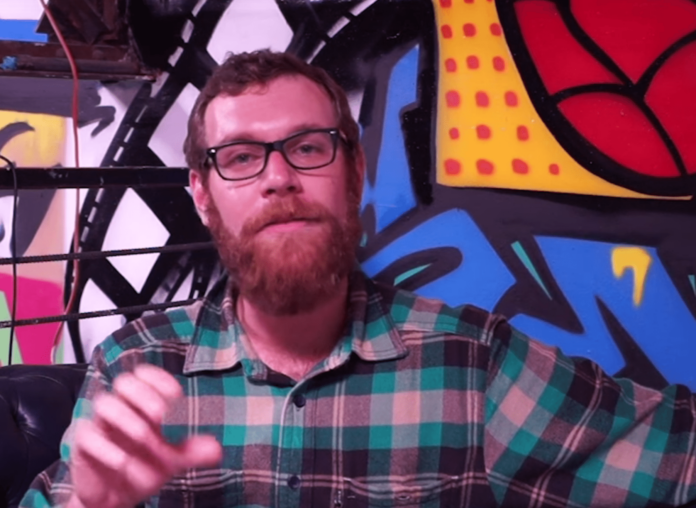The Open Compute Project, as it continues to gain interest of telecom players, is bringing the innovation of white box servers in the hyperscale data center space to new markets.
This episode of HetNet Happenings takes a look at how that innovation is being cross-pollinated with excerpts from presentations filmed during the recent Open Compute Project Summit, held in San Jose, California.
Peter Winzer of Nokia Bell Labs discussed the research organization’s near 100-year history of open innovation, including a look at how an early telecom experiment set the stage for proof the “big bang” theory created the universe.
Before we go down that road, Winzer, head of the optical transmission systems and networks research department at Bell Labs, was making the point that open, collaborative science is fundamental to innovation.
“There is one very good example for the spirit of Bell Labs,” Winzer said, pulling up a slide of a huge Holmdel Horn Antenna, a microwave antenna built in 1959 to support a NASA satellite communications experiment.
Winzer explained the antenna, in addition to supporting early telecom research, found cosmic background radiation that wasn’t readily explainable. Using data from the antenna, Arno Penzias and Robert Wilson, in 1965, essentially confirmed the big bang theory and set the stage for modern study of cosmology.
“It is important to extend general scientific knowledge,” Winzer said, “because that will lead to many things unexpected that will create other industries. That really captures what Bell Labs is all about.”
Leaders from Deutsche Telekom, SK Telecom, AT&T and Verizon Communications came together at the Open Compute Project Summit to discuss the role collaborative research and development plays in the fiercely competitive service provider landscape.
Hosted by Rachael King from The Wall Street Journal, panelists came back time after time to the centrality of “driving innovation at a much greater speed,” as Daniel Brower, VP chief architect of infrastructure cloud for DT, put it.
“In our case,” said Ken Duell, AVP of new technology product development and engineering at AT&T, “it’s a matter of survival. Our customers are expecting services on demand anywhere they may be. We’re finding that the open source platform … provides us a platform to build new services and deliver with much faster velocity.”
Duell said a major challenge facing AT&T and other telecom companies is network operating system software.
Stuck in traffic or video blocked at work? Check out the HetNet Happenings podcast:
[soundcloud url=”https://api.soundcloud.com/tracks/257247136″ params=”auto_play=false&hide_related=false&show_comments=true&show_user=true&show_reposts=false&visual=true” width=”100%” height=”450″ iframe=”true” /]
Check out previous episodes of HetNet Happenings and other RCRtv productions.

